This post is also available in:
Italiano (Italian)
Podoconiosis—also called mossy foot—is a non-filarial, geochemical form of lower-limb lympho-oedema caused by chronic barefoot exposure to silica-rich volcanic soils in high-rainfall regions. Up to 5 % of people in endemic communities develop progressive fibro-lymphatic obstruction that disfigures the legs and fuels stigma similar to leprosy. (pubmed.ncbi.nlm.nih.gov) Crucially, the disease is entirely preventable: consistent use of closed footwear and rigorous foot-hygiene can halt the soil–skin inflammatory cascade, while established oedema often improves with low-cost measures (daily washing, emollients, compression bandaging and prompt treatment of acute attacks). Differential diagnosis from lymphatic filariasis rests on negative parasitology, typical high-altitude distribution and sparing of inguinal nodes. The authors urge that podoconiosis be recognised among neglected tropical diseases so footwear programmes and education can be embedded in primary care, and they highlight the need for genetic and immuno-pathological studies to clarify host susceptibility. For vascular surgeons, early identification avoids unnecessary procedures; for lymphology teams, community-based care networks are pivotal.
Laura Prieto-Pérez – División de Enfermedades Infecciosas, IIS Fundación Jiménez Díaz–Universidad Autónoma de Madrid, Spain
Juan José Soriano Cea – Instituto Geológico y Minero de España (IGME), Madrid, Spain
Miguel Górgolas Hernández-Mora – División de Enfermedades Infecciosas, IIS Fundación Jiménez Díaz–Universidad Autónoma de Madrid, Spain
Tags: Diagnosis, Differential; Elephantiasis/diagnosis; Elephantiasis/epidemiology; Elephantiasis/etiology; Elephantiasis/therapy; Global Health; Humans; Neglected Diseases/diagnosis; Neglected Diseases/epidemiology; Neglected Diseases/etiology; Neglected Diseases/therapy; Risk Factors; Elefantiasis; Lymphedema; Neglected; Preventable; Volcanic soil
originally published on 20 November 2015


